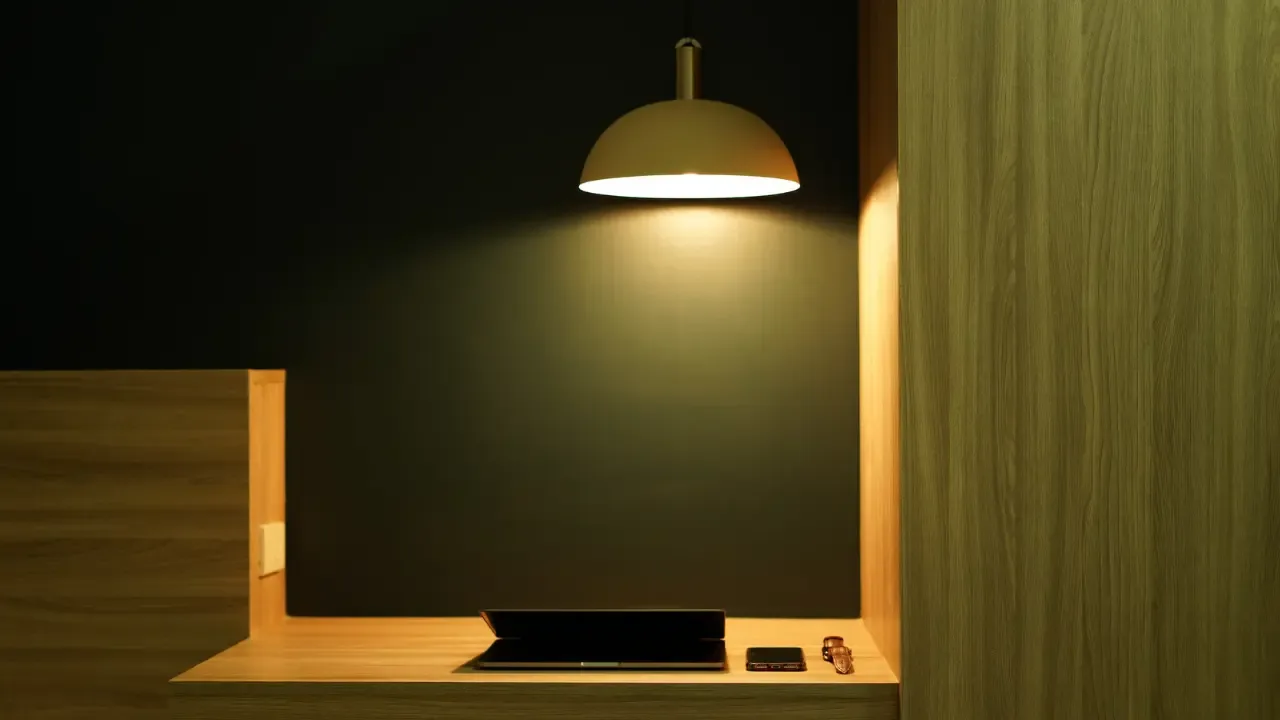How do I combine a background-image and CSS3 gradient on the same element?

Combining Background-Image and CSS3 Gradient: Unleashing the Power of Visuals
Are you looking to level up your website's visual appeal? Want to combine a background-image and CSS3 gradient on the same element to create a unique and eye-catching design? We've got you covered!
The Dilemma: When Two Become One
The challenge here is twofold. First, you want to use CSS3 gradients to give your background color some pizzazz. But then, you also want to apply a background-image to add texture, depth, or visual interest to your design. The question is, how can you incorporate both elements seamlessly?
🌈🎨🖼️
A Common Approach: The CSS3 Multiple Backgrounds Hack
One handy solution to this problem is using the CSS3 Multiple Backgrounds hack, which allows you to apply multiple backgrounds to a single element. This technique involves combining the background-image and CSS3 gradient into a single value for the background-image property.
Here's an example of how you can achieve this:
.my-element {
background-image: url("my-image.jpg"), linear-gradient(to bottom, #ff0000, #00ff00);
background-repeat: no-repeat;
/* Additional background properties go here */
}🌄 ➕ 🌈 = 🎉
In the snippet above, we're using the url() function to specify the path to our desired background image. We separate each background layer with a comma. The CSS3 gradient is specified next, using the linear-gradient() function, where you can define the direction and color stops.
To ensure that both the image and the gradient are visible, set the background-repeat property to no-repeat. Feel free to explore other background properties, such as background-position, to fine-tune the positioning of your combined backgrounds.
Going Further: Layering and Opacity
But what if you want to take your design to the next level? What if you want to create an intriguing effect by applying a transparent texture over your combined background layers? Fear not, because CSS has a solution for that too!
By leveraging the ::before or ::after pseudo-elements, you can introduce an additional layer to your element and fill it with a light, transparent texture using CSS3 gradients.
Here's a snazzy example for you:
.my-element::before {
content: "";
position: absolute;
top: 0;
left: 0;
right: 0;
bottom: 0;
background-image: linear-gradient(rgba(255, 255, 255, 0.5), rgba(255, 255, 255, 0.7));
/* Additional background properties go here */
}In this example, we're creating the transparent texture using a CSS3 gradient applied to the ::before pseudo-element. Adjust the gradient's colors and opacity by tweaking the rgba() values to match your desired effect.
Engage, Experiment, Excel!
Now that you have the tools to combine background-images, CSS3 gradients, and even transparent textures, it's time to get creative! 🌈🤹🎨
Play around with different color combinations, experiment with layering multiple gradients and images, and see what works best for your website. Remember, the sky's the limit when it comes to design possibilities!
Have you tried these techniques on your website? Share your stunning creations and let us know how you're rocking the combination of background-images and CSS3 gradients. We'd love to see your masterpieces! 🎉✨
💬✍️ Share your experiences and let us know your favorite background design combos in the comments below!


